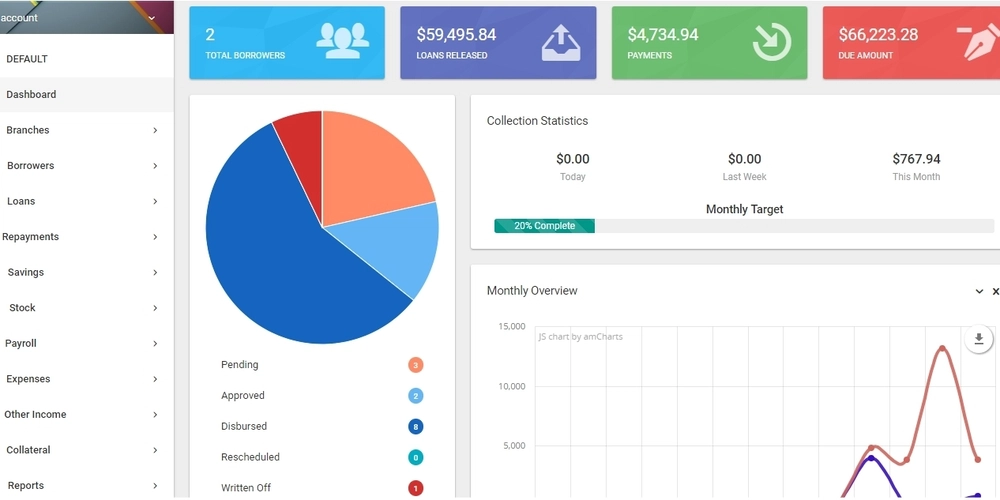Explained Simply: The Role of Semiconductors in Your Devices
Ever wondered what makes your smartphone “smart” or your laptop run smoothly? The answer lies in an often-overlooked component—semiconductors. While the term might sound highly technical, semiconductors are at the heart of almost every electronic device you use today. Without them, our digital world would not exist. In this article, we'll break down what semiconductors are, why they're so important, and how they quietly power everything from your TV to your smartwatch. What are Semi-conductors Exactly? At their core, semiconductors are materials—typically silicon—that fall between conductors (like copper) and insulators (like rubber), mounted on the Printed Circuit Boards, in terms of their ability to carry electricity. What makes them special is their ability to control electrical currents precisely, thanks to modifications called "doping." This controllable conductivity allows them to act as tiny switches—on and off—forming the foundation of transistors, which are the building blocks of most digital electronics. Why Semiconductors Are Everywhere Semiconductors are used to manufacture integrated circuits (ICs), microchips, and processors. These tiny components process data, store memory, and help devices perform complex tasks at high speed. From gaming consoles to medical devices, their presence is almost universal. Here are just a few devices where semiconductors are essential: Smartphones – Inside the processors, modems, and memory chips. Laptops & Tablets – In CPUs, GPUs, RAM, and SSD controllers. Home Appliances – From refrigerators to washing machines, smart controls rely on semiconductors. Automobiles – Used in sensors, infotainment systems, and electric vehicle control units. Wearables – Smartwatches and fitness trackers use semiconductors for sensors and Bluetooth communication. *Medical Equipment *– Diagnostic machines and monitors depend on chips for accuracy and data processing. Smart TVs – Graphics rendering and app functionality depend on integrated circuits. Gaming Consoles – Central to graphics processing and system control. *Drones *– Navigation, stabilization, and remote control functions are semiconductor-based. Industrial Robots – Precision control in automated manufacturing lines depends on powerful semiconductors. *Networking Equipment *– Routers, modems, and switches use them for data transmission and security. LED Lighting – Even modern energy-efficient lights contain semiconductors to control brightness and power. Final Thoughts The next time you unlock your phone or stream a video, remember: a semiconductor helped make that happen. They may be tiny and out of sight, but they play a huge role in powering the devices we rely on every day. Want to dive deeper into the world of electronics and how essential components like PCB Design support semiconductors? Keep exploring and stay updated on the tech that shapes your daily life.

Ever wondered what makes your smartphone “smart” or your laptop run smoothly? The answer lies in an often-overlooked component—semiconductors. While the term might sound highly technical, semiconductors are at the heart of almost every electronic device you use today. Without them, our digital world would not exist.
In this article, we'll break down what semiconductors are, why they're so important, and how they quietly power everything from your TV to your smartwatch.
What are Semi-conductors Exactly?
At their core, semiconductors are materials—typically silicon—that fall between conductors (like copper) and insulators (like rubber), mounted on the Printed Circuit Boards, in terms of their ability to carry electricity. What makes them special is their ability to control electrical currents precisely, thanks to modifications called "doping."
This controllable conductivity allows them to act as tiny switches—on and off—forming the foundation of transistors, which are the building blocks of most digital electronics.
Why Semiconductors Are Everywhere
Semiconductors are used to manufacture integrated circuits (ICs), microchips, and processors. These tiny components process data, store memory, and help devices perform complex tasks at high speed. From gaming consoles to medical devices, their presence is almost universal.
Here are just a few devices where semiconductors are essential:
Smartphones – Inside the processors, modems, and memory chips.
Laptops & Tablets – In CPUs, GPUs, RAM, and SSD controllers.
Home Appliances – From refrigerators to washing machines, smart controls rely on semiconductors.
Automobiles – Used in sensors, infotainment systems, and electric vehicle control units.
Wearables – Smartwatches and fitness trackers use semiconductors for sensors and Bluetooth communication.
*Medical Equipment *– Diagnostic machines and monitors depend on chips for accuracy and data processing.
Smart TVs – Graphics rendering and app functionality depend on integrated circuits.
Gaming Consoles – Central to graphics processing and system control.
*Drones *– Navigation, stabilization, and remote control functions are semiconductor-based.
Industrial Robots – Precision control in automated manufacturing lines depends on powerful semiconductors.
*Networking Equipment *– Routers, modems, and switches use them for data transmission and security.
LED Lighting – Even modern energy-efficient lights contain semiconductors to control brightness and power.
Final Thoughts
The next time you unlock your phone or stream a video, remember: a semiconductor helped make that happen. They may be tiny and out of sight, but they play a huge role in powering the devices we rely on every day.
Want to dive deeper into the world of electronics and how essential components like PCB Design support semiconductors? Keep exploring and stay updated on the tech that shapes your daily life.









































































































































































![[The AI Show Episode 144]: ChatGPT’s New Memory, Shopify CEO’s Leaked “AI First” Memo, Google Cloud Next Releases, o3 and o4-mini Coming Soon & Llama 4’s Rocky Launch](https://www.marketingaiinstitute.com/hubfs/ep%20144%20cover.png)




























































































































![[DEALS] The All-in-One Microsoft Office Pro 2019 for Windows: Lifetime License + Windows 11 Pro Bundle (89% off) & Other Deals Up To 98% Off](https://www.javacodegeeks.com/wp-content/uploads/2012/12/jcg-logo.jpg)



























![Is this too much for a modular monolith system? [closed]](https://i.sstatic.net/pYL1nsfg.png)






















































































































_Andreas_Prott_Alamy.jpg?width=1280&auto=webp&quality=80&disable=upscale#)
































































































![What features do you get with Gemini Advanced? [April 2025]](https://i0.wp.com/9to5google.com/wp-content/uploads/sites/4/2024/02/gemini-advanced-cover.jpg?resize=1200%2C628&quality=82&strip=all&ssl=1)













![Apple Shares Official Trailer for 'Long Way Home' Starring Ewan McGregor and Charley Boorman [Video]](https://www.iclarified.com/images/news/97069/97069/97069-640.jpg)
![Apple Watch Series 10 Back On Sale for $299! [Lowest Price Ever]](https://www.iclarified.com/images/news/96657/96657/96657-640.jpg)
![EU Postpones Apple App Store Fines Amid Tariff Negotiations [Report]](https://www.iclarified.com/images/news/97068/97068/97068-640.jpg)
![Apple Slips to Fifth in China's Smartphone Market with 9% Decline [Report]](https://www.iclarified.com/images/news/97065/97065/97065-640.jpg)




































































































































